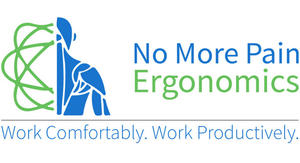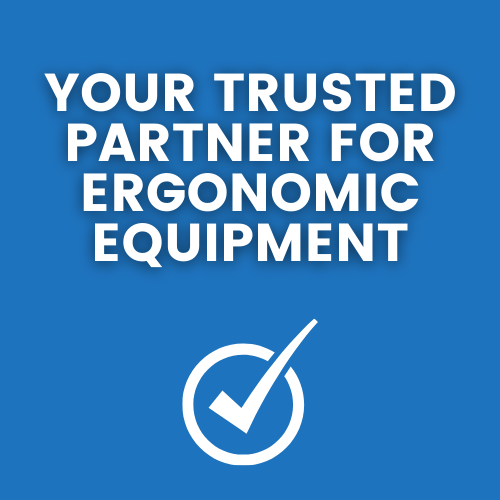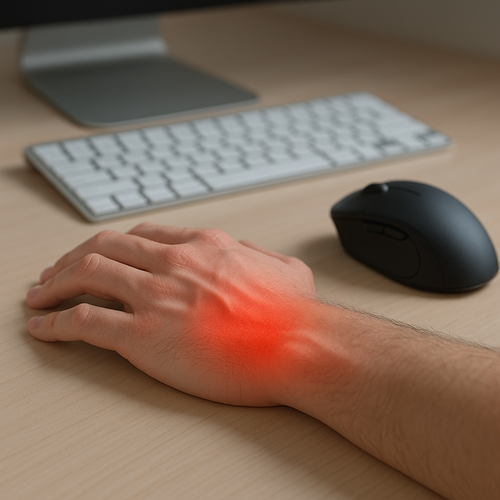Workplace hazards aren’t always physical. In an office setting, psychosocial hazards can significantly impact employees’ mental and emotional well-being, productivity, and long-term health. Psychosocial hazards refer to factors within the work environment that can cause stress, anxiety, and other negative psychological outcomes. These can stem from work organisation, interpersonal relationships, job demands, or the physical environment itself.
The Model Code of Practice: Managing psychosocial hazards at work, developed by Safe Work Australia, provides clear guidelines for identifying and managing these risks in all workplaces, including offices. It highlights the importance of addressing factors such as high work demands, low job control, poor support systems, and inadequate physical environments as key contributors to psychosocial hazards.
Common Psychosocial Hazards in the Office
-
High Work Demands and Low Control
When employees are expected to complete high volumes of work with little control over how or when the work is completed, stress levels can escalate. This imbalance creates a feeling of helplessness and burnout. -
Poor Job Design and Role Ambiguity
If an employee's role is unclear or they are asked to take on multiple conflicting tasks, it can result in frustration, dissatisfaction, and confusion. -
Lack of Social Support
A workplace where employees feel isolated or unsupported by managers and colleagues fosters stress. A strong support system is vital for maintaining a healthy mental state at work. -
Inadequate Physical Environment
Offices that are uncomfortable, poorly lit, or ergonomically unsound can contribute to physical discomfort, which in turn can impact mental well-being. A cluttered workspace or an awkward seating arrangement can increase feelings of stress.
How Ergonomics Can Help Address Psychosocial Hazards
While ergonomics is often associated with physical comfort, it also plays a crucial role in alleviating psychosocial hazards. Ergonomic interventions can reduce physical strain and create an environment that encourages mental clarity, focus, and a sense of well-being.
-
Creating a Comfortable Physical Environment
Ergonomic furniture and equipment—such as adjustable chairs, sit-stand desks, and ergonomic mice and keyboards—help employees maintain good posture, reduce fatigue, and prevent musculoskeletal pain. When employees are physically comfortable, they can concentrate better, which reduces stress and enhances overall job satisfaction. -
Encouraging Regular Movement
Offices with ergonomic solutions encourage employees to move more frequently. For example, sit-stand desks allow workers to alternate between sitting and standing throughout the day. Regular movement can reduce feelings of being trapped at a desk, which helps combat the mental strain of long hours spent in one position. -
Supporting Role Clarity and Workflow
Ergonomic design can extend beyond furniture and equipment. Thoughtful office layouts that reduce clutter and organise work tools efficiently can improve workflow, making tasks clearer and easier to accomplish. A well-organised space can reduce the frustration that arises from disorganisation and confusion, helping employees feel more in control. -
Enhancing Focus and Reducing Fatigue
Poor ergonomics, like uncomfortable seating or improper screen height, can lead to physical fatigue and strain, which can then impair concentration. By providing ergonomic solutions, employers help employees maintain better focus, reducing cognitive overload and stress. -
Fostering Connection and Collaboration
Ergonomics isn’t just about individual workstations. A well-designed office includes communal spaces that encourage collaboration and social interaction, combating the isolation many employees feel. Thoughtfully designed areas for breaks, meetings, and casual interactions can improve team morale and reduce feelings of loneliness.
Integrating Ergonomics into Mental Health Initiatives
The Model Code of Practice: Managing psychosocial hazards at work outlines practical steps to manage and mitigate these risks. One essential recommendation is ensuring the physical environment supports employee well-being through proper ergonomic design. Employers who follow these guidelines and invest in ergonomically sound solutions will not only improve physical comfort but also create a mentally healthier workspace.
In summary, ergonomics is much more than just comfort. It’s a key part of addressing psychosocial hazards in the workplace. By creating a space that supports both physical and mental health, employers can cultivate a more positive, productive, and stress-free office environment.
Need help reducing discomfort and stress at your workplace?
At No More Pain Ergonomics, we specialise in ergonomic solutions that promote well-being. Contact us today to find out how we can help transform your office into a healthier, happier environment.
















← Older Post Newer Post →
0 comments
Get in Touch
Still have a question or simply want to discuss what ergonomic products are best suited? Get in touch, our expert team is available to provide free advice and support.